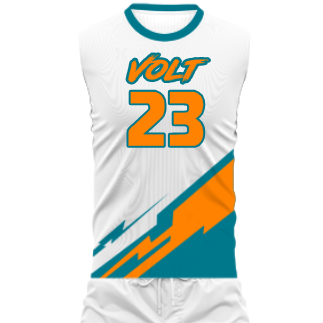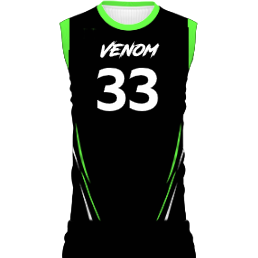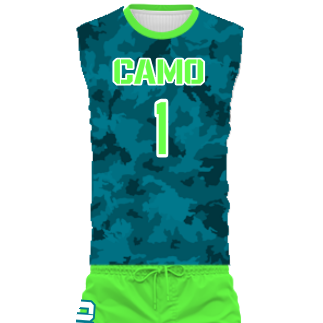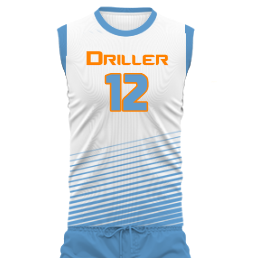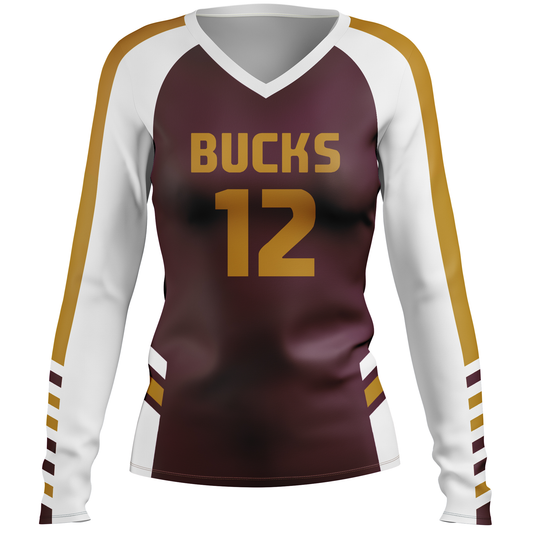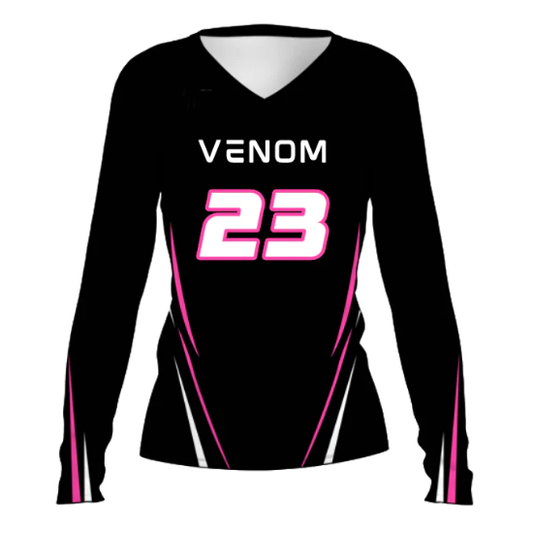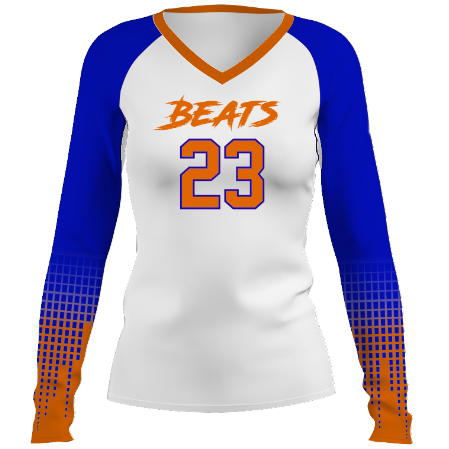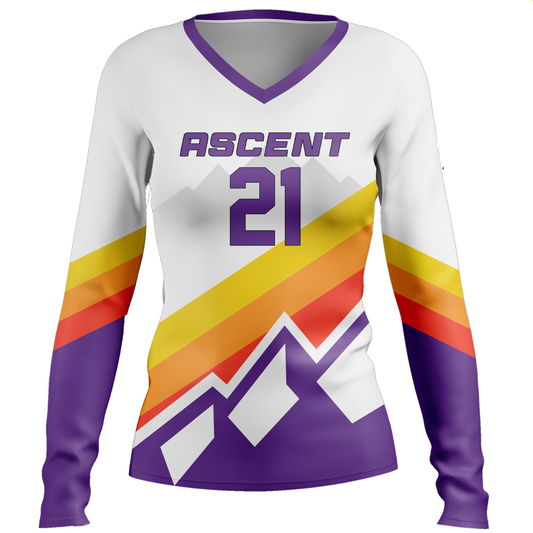Pros and Cons of Sublimation Printing
The Pros and Cons of Sublimated Clothing
In recent years, sublimated clothing has gained popularity in the fashion industry. This printing technique allows for vibrant, all-over designs that cannot be achieved with traditional printing methods. While sublimated clothing offers several benefits, it also has its drawbacks. In this article, we will explore the pros and cons of sublimated clothing.
Pros of Sublimated Clothing
-
Unlimited Design Options: One of the major advantages of sublimated clothing is the freedom it offers in terms of design. Sublimation allows for the printing of intricate and detailed patterns, gradients, and photographic images. This opens up endless possibilities for creative and unique designs that can truly stand out.
-
Durability: Sublimated prints are known for their exceptional durability. Unlike traditional screen printing or heat transfer methods, sublimated designs are embedded into the fabric, making them more resistant to fading, cracking, or peeling. This ensures that the clothing retains its vibrant colors and design even after multiple washes, providing a longer lifespan.
-
Breathability: Sublimation printing uses a dye-based process that allows the fabric to retain its natural breathability. The ink permeates the fabric, creating a lightweight and breathable garment that is comfortable to wear. This is particularly beneficial for sportswear or activewear, where breathability is crucial for performance and comfort.
-
Customization: Sublimated clothing offers unparalleled customization options. Whether you are a sports team, a company, or an individual looking to express your personal style, sublimation allows you to create unique designs tailored to your specific needs. From logos and graphics to names and numbers, sublimation can bring your vision to life.
-
No Color Limitations: Unlike traditional printing methods that restrict the number of colors that can be used, sublimation allows for unlimited color options. This means you can create vibrant and eye-catching designs without any limitations. The colors are infused into the fabric, resulting in a rich and vibrant print that is sure to make a statement.
Cons of Sublimated Clothing
-
Cost: Sublimated clothing tends to be more expensive compared to other printing methods. The specialized equipment and materials required for sublimation contribute to the higher production costs. This can make it less accessible for individuals or small businesses with limited budgets.
-
Complex Printing Process: Sublimation is a complex printing process that requires specialized equipment and expertise. The design must be printed on a special transfer paper using sublimation inks and then heat-pressed onto the fabric. This process can be time-consuming and requires precision to achieve the desired results.
-
Limited Fabric Options: Sublimation is most effective on polyester fabrics. While sublimation can be done on other materials such as cotton or blends, the results may not be as vibrant or long-lasting. This limitation in fabric options can restrict the choices available for those who prefer other materials.
-
Print Placement Challenges: Sublimation printing covers the entire fabric, making it difficult to control the exact placement of the design on the garment. This can be a disadvantage when it comes to creating specific patterns or aligning the design with specific areas of the clothing.
-
Production Volume: Sublimation is best suited for producing small to medium quantities of clothing. When it comes to large-scale production, it may not be as efficient or cost-effective as other printing methods. This limitation can impact businesses that require larger quantities of clothing.
In conclusion, sublimated clothing offers unique design options, durability, breathability, and customization. However, it comes with a higher cost, complex printing process, limited fabric options, challenges in print placement, and limitations in large-scale production. When considering sublimated clothing, it is important to weigh these pros and cons to determine if it is the right choice for your specific needs.



